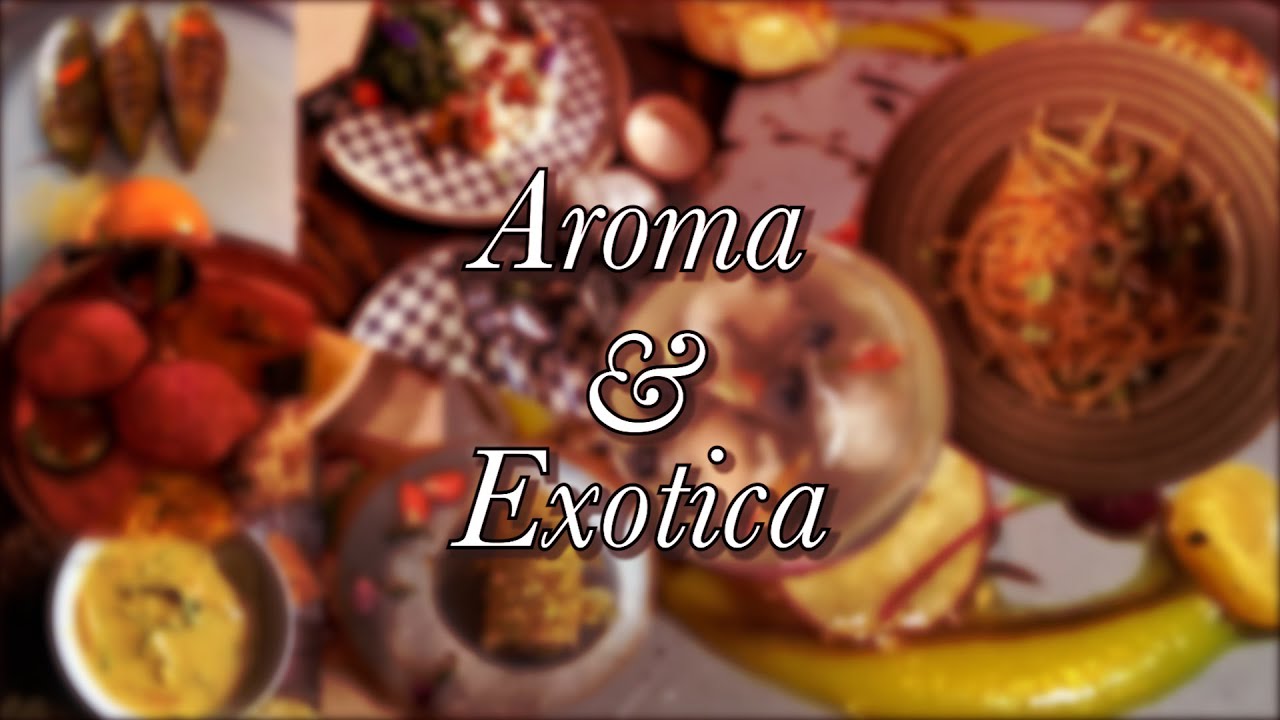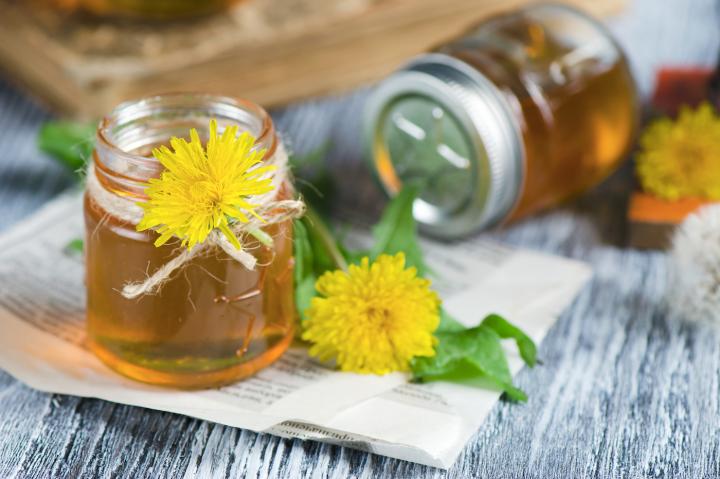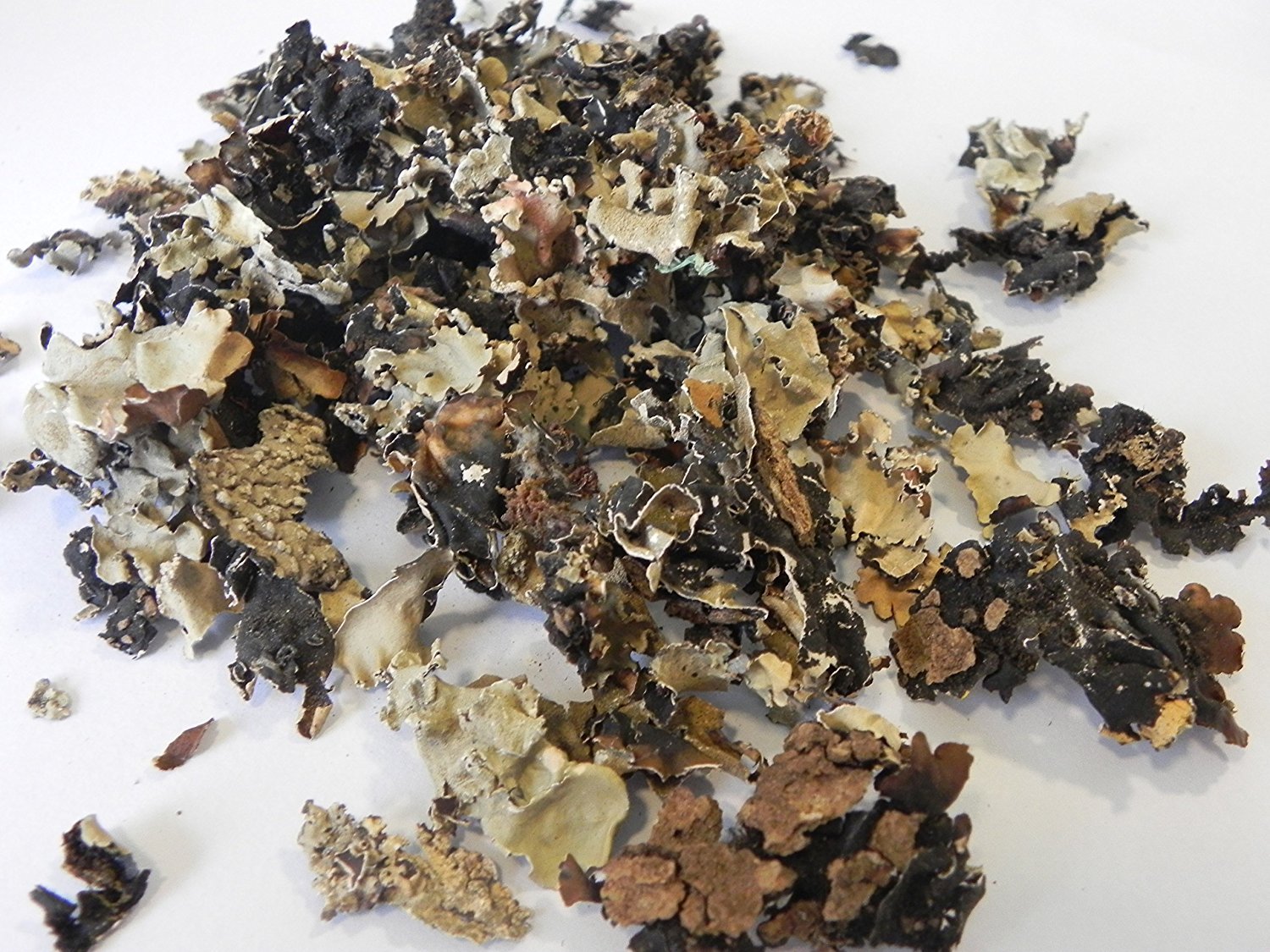RAIPUR:As a country rich in local produce, India offers a wide variety of indigenous food produce that is consumed in myriad ways. Every state, every region has its own cuisine and a food culture that is exclusive in preparation and palate. And yet, there is a unifying thread that runs through the country that indicates that the people of the land have a shared food history. A certain spice, a certain preparation may be known by a different name across regions – the surprise being the way it is used or consumed by the local people.
A lot of this food history and knowledge, however, is lost to the world, primarily, because of lack of access and information. This is where the role of the state and private entities comes in. Recently, Chhattisgarh government rolled out a host of activities aiming to promote tourism in the state. An important part of this endeavour was to get the experts to explore, learn and eventually suggest ways to share the culinary culture of the state.
The New Indian caught up with this team of two chefs and a food historian who travelled deeper into the Bastar region and carried back their learnings from the tribal region. Snippets from the conversation with Anoothi Vishal, food historian and author and Prateek Sadhu chef and co-founder, Masque:
Navneet Mendiratta: Do you think we have not figured out a way to promote the rich ingredients found in our country properly
Anoothi Vishal: Many countries around the world market their food products so well. They have special boards who undertake promotional and marketing. All these things are very important in a country like ours, where the food tradition is so rich and so deep. Recently, we travelled to a very small town in the interiors of Chhattisgarh, which is just about opening up for tourism. And we got the opportunity to study some of the culinary traditions as well as some of the ingredients that are local to the place. Many of these were so unique that nobody even in the country knows about them!
I came across an ingredient called Dang Kanda. As everyone knows, in Marathi Kanda refers to onions. But this is the fruit of a tree which people boil or steam or sometimes roast in open fires and eat it. It is very simple but extremely interesting. Chhattisgarh, again, has so many rice varieties. It is known as the Rice Bowl of India. There are so many seasonal varieties of rice that we don’t know about. It is stories about these that need to be told from a historical point of view.
Likewise, in spicing, I came across an interesting ingredient called Chabila, as it is called in the tribal language. It is very similar to a common Deccanese spice with a very distinctive and powerful taste called Patthar ke Phool, that is used in Hyderabadi and Maharashtrian cuisine. And again, this is something which everyone should be acquainted with. So, yes, many stakeholders, restaurant tears, food marketers, the government itself need to all come together and give a concerted push.
Navneet Mendiratta: How do we document what is local?
Anoothi Vishal: At the moment, it’s just word of mouth and what people know as regional. These are very local traditions which nobody knows beyond that small region. Yes, there is a need to document these traditions, talk about them, write books and articles about them, make TV shows on them, have conversations around them and bring them to the mainstream. This would cover the publicity aspect, so that these tastes get more popular. Also Read & Watch: Tribal Beats Draw Crowds At National Tribal Dance Festival In Raipur
But the important question, according to me, is how do local communities earn off their traditions? It is for this that we need right entrepreneurship. And, the States must promote this entrepreneurship and champion the cause of the local communities and help them develop their products.
Navneet Mendiratta: What is the biggest challenge of using local ingredients in the food that you serve or you create in the restaurant?
Prateek Sadhu: For me, the biggest challenge is the supply chain. Not just me, any chef in the country faces that. When we say local, the biggest question is what is local? My restaurant is in Bombay…
For me, as a chef, I feel we’re just so lucky to be in India. If you understand India and the topography of the country — right from Kashmir to down south — you know what seasons are. Every season, you get an abundance of produce.
For me, the biggest challenge, as I was saying, is the constant supply chain. For example, I keep going back to Kashmir because we get a lot of stuff from there. Especially dandelions… So when the season arrives, the constant effort is to get that produce or fly it down, because that’s the only way you would do it. There’s no support system to do that. As a restaurant, then you have to make individual efforts to gather that.
Navneet Mendiratta: Besides, dandelion, are there any other interesting ingredients that you’ve used at Masque?
Prateek Sadhu: I love to use fruits from Uttarakhand — especially, Kafal and Hisalu. These are the Indian berries which are only found in Uttarakhand. Hisalu is like golden Raspberry. And Kafal is exactly the same. So every season, from April to June, we get around 30-40 kgs and work with them in our menu,
Navneet Mendiratta: How can food ambassadors help? What are the other channels that can be used to promote local?
Anoothi Vishal: We can work on collaborations and have larger events, where there’s both food for thought as well as food to taste. If the media comes together and we get support from both the public sector as well as private sector, then I think it would become so much more powerful. And of course, the proof of the pudding is always in the eating. So restaurants are very big channels to popularize any taste.
Navneet Mendiratta: How can bigger establishments be a part of something that you’re working on, in terms of history?
Prateek Sadhu: There’s a lot of responsibility on us as well, just to promote these ingredients. We cannot just say it’s just about our restaurant and be done with it. It’s a larger responsibility that we need to undertake and talk about India in the 21st century. Also Read & Watch: Chhattisgarh Launches Its Own Ramayana Trail To Push Religious Tourism In The State











